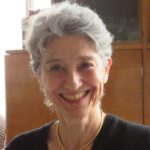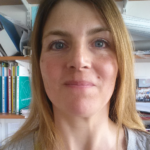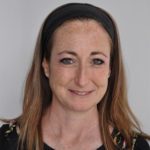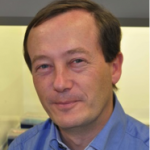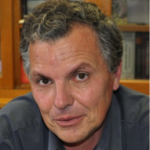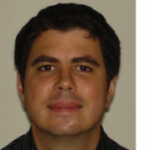Link to Pubmed [PMID] – 26060271
Link to DOI – e00311-1510.1128/mBio.00311-15
mBio 2015 Jun; 6(3): e00311
Cryptococcus neoformans is a human opportunistic fungal pathogen causing severe disseminated meningoencephalitis, mostly in patients with cellular immune defects. This species is divided into three serotypes: A, D, and the AD hybrid. Our objectives were to compare population structures of serotype A and D clinical isolates and to assess whether infections with AD hybrids differ from infections with the other serotypes. For this purpose, we analyzed 483 isolates and the corresponding clinical data from 234 patients enrolled during the CryptoA/D study or the nationwide survey on cryptococcosis in France. Isolates were characterized in terms of ploidy, serotype, mating type, and genotype, utilizing flow cytometry, serotype- and mating type-specific PCR amplifications, and multilocus sequence typing (MLST) methods. Our results suggest that C. neoformans serotypes A and D have different routes of multiplication (primarily clonal expansion versus recombination events for serotype A and serotype D, respectively) and important genomic differences. Cryptococcosis includes a high proportion of proven or probable infections (21.5%) due to a mixture of genotypes, serotypes, and/or ploidies. Multivariate analysis showed that parameters independently associated with failure to achieve cerebrospinal fluid (CSF) sterilization by week 2 were a high serum antigen titer, the lack of flucytosine during induction therapy, and the occurrence of mixed infection, while infections caused by AD hybrids were more likely to be associated with CSF sterilization. Our study provides additional evidence for the possible speciation of C. neoformans var. neoformans and grubii and highlights the importance of careful characterization of causative isolates.Cryptococcus neoformans is an environmental fungus causing severe disease, estimated to be responsible for 600,000 deaths per year worldwide. This species is divided into serotypes A and D and an AD hybrid, and these could be considered two different species and an interspecies hybrid. The objectives of our study were to compare population structures of serotype A and serotype D and to assess whether infections with AD hybrids differ from infections with serotype A or D isolates in terms of clinical presentation and outcome. For this purpose, we used clinical data and strains from patients diagnosed with cryptococcosis in France. Our results suggest that, according to the serotype, isolates have different routes of multiplication and high genomic differences, confirming the possible speciation of serotypes A and D. Furthermore, we observed a better prognosis for infections caused by AD hybrid than those caused by serotype A or D, at least for those diagnosed in France.

